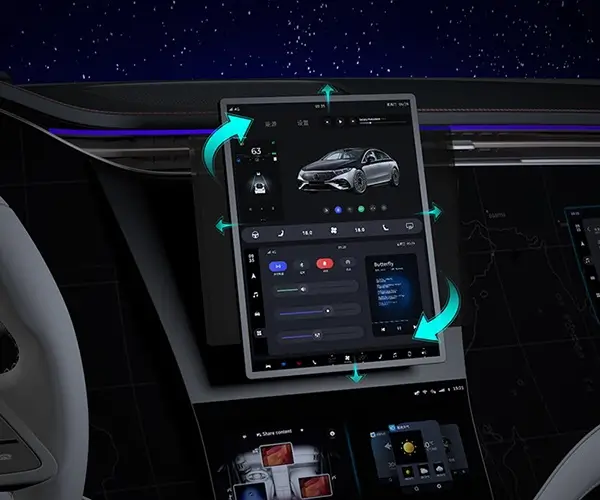Thinking about building a microservice with Spring Boot? It’s like crafting a sleek, efficient engine that powers your entire app. You want it fast, reliable, and easy to tweak later—that’s the magic of Spring Boot. But let’s be honest, designing a solid microservice isn’t just about slapping code together. It’s about understanding what makes your service scalable, flexible, and maintainable in a complex ecosystem.

First things first, you have to start with clear boundaries. What does this microservice do? For instance, say you’re building a user profile service. You want it to handle user data, authentication, and maybe some preferences. Keep those responsibilities narrow but powerful. Overloading a microservice with everything might seem tempting, but it’s a trap—dividing responsibilities makes future updates smoother.
Now, when you jump into Spring Boot, the temptation might be to just throw in some controllers and repositories. Why not? It’s quick and straightforward. However, good design means thinking about how components interact. Use layered architecture—controllers, services, repositories. It might sound like overkill at first, but it’s the backbone that keeps things manageable when your app grows. Imagine adding a new feature—what if you could simply extend one layer without disturbing the rest?
Security is another piece of the puzzle. Spring Boot has all the tools you need—OAuth, JWT, token management. Don’t leave security as an afterthought. Put it front and center, like a safeguard that protects your data and users. Plus, think about logging and monitoring. An efficient microservice should tell you when something’s off without you having to dig through logs forever.
Thinking about scaling, it’s worth exploring how your microservice sits inside a container environment—Docker, Kubernetes, whatever’s trendy now. How do you handle load balancing? What about resilience? Failures happen, but a well-designed service recovers fast and keeps going. Spring Boot plays nicely with all these environments—just a matter of configuring your app right.
Here's a common question: "How do I ensure my microservice won’t turn into a spaghetti mess?" The answer lies in consistent coding standards, documentation, and automated tests. When every component is predictable and well-kept, scaling up or troubleshooting becomes a breeze.
Designing with Spring Boot isn’t just admin work; it’s about storytelling—building a service that plays nice with others, evolves smoothly, and stays robust under load. It’s a balancing act, but when you do it right, the payoff is a sleek, efficient backend that supports your entire platform. And the best part? It’s surprisingly straightforward once you get the hang of it.
Established in 2005, Kpower has been dedicated to a professional compact motion unit manufacturer, headquartered in Dongguan, Guangdong Province, China. Leveraging innovations in modular drive technology, Kpower integrates high-performance motors, precision reducers, and multi-protocol control systems to provide efficient and customized smart drive system solutions. Kpower has delivered professional drive system solutions to over 500 enterprise clients globally with products covering various fields such as Smart Home Systems, Automatic Electronics, Robotics, Precision Agriculture, Drones, and Industrial Automation.




































